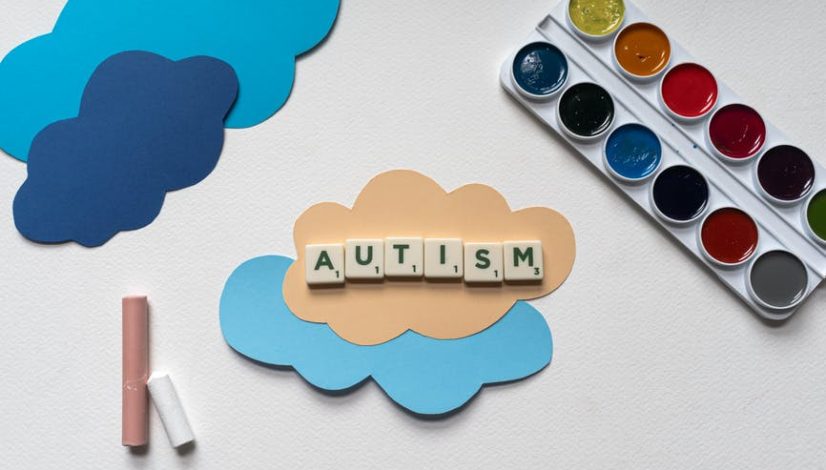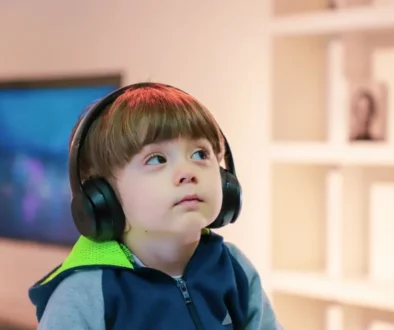What Does the Autism Diagnosis Checklist Consist Of? A Guide
Approximately 1% of the population has autism spectrum disorder, making it one of the most common developmental disorders.
Autism spectrum disorder (ASD) is a neurological and developmental disorder that begins in early childhood and can cause significant social, communication, and behavioral challenges.
The autism diagnosis checklist is an excellent resource for understanding the condition. It can help you determine whether or not further evaluation is necessary.
The following checklist is an easy-to-understand list of common behaviors that may indicate autism. Keep reading to learn more about what to look for.
Difficulty With Non-Verbal Cues
They may also find it difficult to understand or respond to other people’s emotions. For example, they may not react appropriately when someone smiles or laughs. This can make social interactions very difficult, as they may not understand when someone is joking or being sarcastic.
People with autism may also have difficulty understanding facial expressions. This can make it difficult to tell when someone is angry, sad, or happy. As a result, they may have trouble knowing how to respond in social situations.
Avoiding Eye Contact
One of the most common signs of autism is difficulty making eye contact. Autistic individuals may find it challenging to look someone in the eye for an extended time or avoid eye contact altogether.
Repetitive Behavior
Those with autism may also engage in repetitive behaviors such as body rocking, spinning, or hand flapping. Repetitive sounds or phrases may also be used. These behaviors can be a way of coping with anxiety or stress.
Unusual Speech Patterns
Some autistic individuals have difficulty with speech. This can include mutism or the complete absence of speech. In other cases, autistic individuals may speak in a monotone voice or use unusual inflection. They may also use repetitive phrases or recite lines from movies or TV shows.
Unusual Sensitivity To Sound, Touch, Or Smell
Some autistic individuals may be susceptible to certain sounds, touches, or smells. They may cover their ears when there is a loud noise or avoid certain textures. They may prefer to wear soft clothing or avoid certain sounds or lights.
Some people with autism spectrum disorder also have a condition called sensory processing disorder. This means that they have difficulty processing information from their senses. As a result, they may be oversensitive or undersensitive to certain stimuli.
Rigid Rule-Follower
Following rules and routines are also crucial for autistic individuals. They may become upset if their routine is disrupted or if they are asked to do something that is outside of their comfort zone. This can make it challenging to adapt to change.
People with autism spectrum disorder often benefit from having a set routine. This can help to reduce anxiety and provide a sense of predictability.
Obsessions and Interests
Autistic individuals may also have obsessions or unusual hobbies. They may become fixated on a particular subject and want to know everything about it. They may also collect unique objects or have specific interests.
They love to talk about their interests. Because a person with autism may have difficulty understanding social cues, they may not realize when they are talking too much about their interests. It can make social interactions difficult, as the other person may become bored or uncomfortable.
Needs Routine
Another common autism symptom is difficulty with change. Autistic individuals may have routines and rituals that they feel very strongly about. They may become agitated or upset if these routines are disrupted. This can make everyday life difficult, as unexpected changes are a part of life.
Overwhelmed By Multiple Steps
Autistic individuals may also have difficulty understanding multiple steps. For example, they may have difficulty following a recipe or assembling a toy. This can make everyday tasks very difficult.
Rigid Self-Regulation
A person with autism can have difficulty adjusting their own behavior to suit the situation. This can make social interactions challenging, as they may not know how to act in different situations. For example, they may speak loudly in a quiet library or dress inappropriately for a formal event.
Autism Diagnosis Checklist Disclaimer
Autism is a spectrum disorder, which means that there is a wide range of symptoms and severity. An autism diagnosis checklist is a tool that is used to help identify individuals who may have autism. The autism diagnosis checklist is not a diagnostic tool, but rather a screening tool.
Keep in mind that an autism checklist may be modified depending on the autism diagnosis age. For example, an autism checklist for toddlers may look different than an autism checklist for adults.
The autism diagnosis checklist is not a substitute for a professional evaluation and is not intended to be used for self-diagnosis. A professional evaluation is necessary to receive a diagnosis of autism.
Get an Autism Diagnosis Near You
A clinical autism diagnosis test consists of a series of questions and observations that are used to determine if an individual meets the criteria for an autism diagnosis. A diagnosis of autism can be life-changing. It can provide individuals and families with access to resources and support.
If you think you or your child may have autism, it is important to seek out a professional evaluation. A professional can administer the autism diagnosis checklist and provide a diagnosis.
With the right support and resources, people with autism can lead happy and fulfilling lives. If you live in the state of Texas, contact Developmental Pediatrics to learn more about an autism diagnosis and the telemedicine options available to you.



